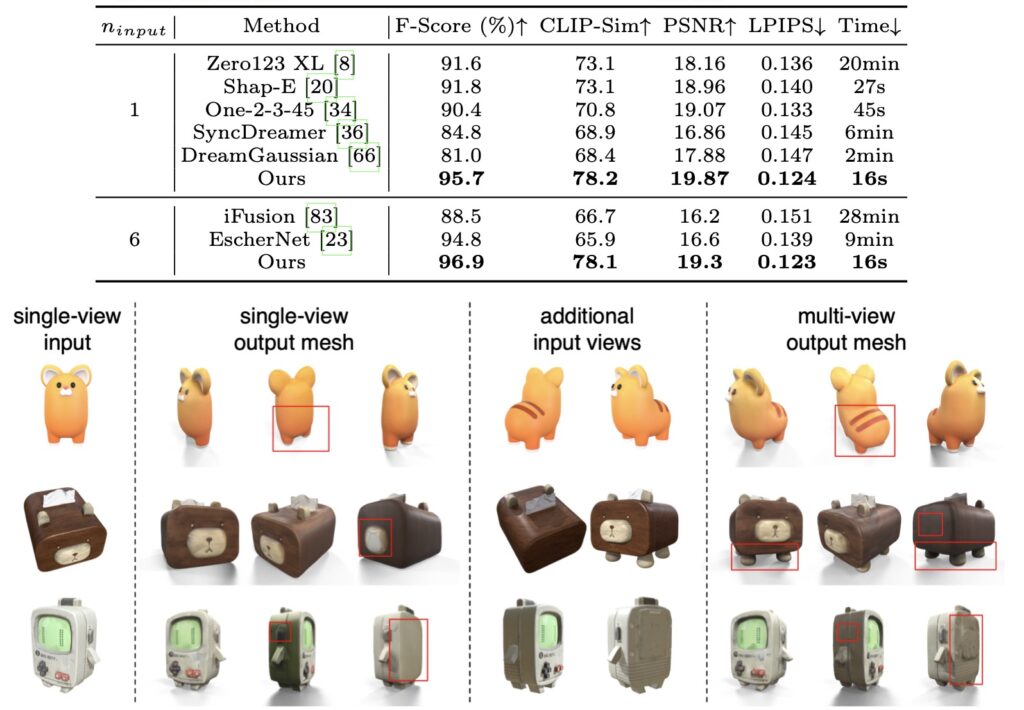Fast, accurate, and user-controlled 3D modeling with SpaRP—making 3D content creation easier than ever.
- Fast 3D Reconstruction: SpaRP reconstructs 3D textured models from sparse, unposed images in just 20 seconds, using advanced diffusion models and efficient processing.
- Pose Estimation and Accuracy: The method not only builds high-quality 3D objects but also accurately estimates the camera poses for the input images, improving the reconstruction.
- Solving Common 3D Challenges: SpaRP tackles the common issue of hallucinated regions in 3D reconstructions, offering more reliable results without needing dense input data or per-shape optimization.
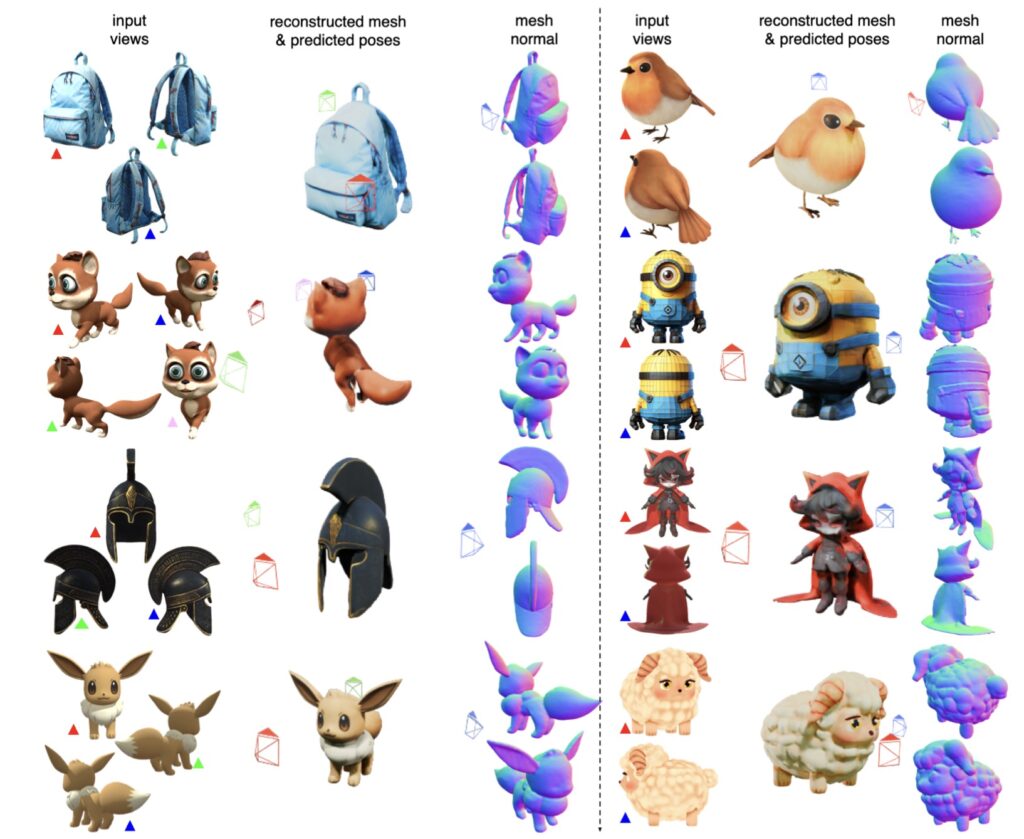
In the rapidly evolving world of 3D content creation, speed and accuracy have often come at the expense of each other—especially when dealing with sparse-view images. Traditional methods often require dense image sets to reconstruct accurate 3D models, while newer single-image-to-3D techniques can generate hallucinated regions that stray from user expectations. Enter SpaRP, a novel method that changes the game for 3D reconstruction and pose estimation.

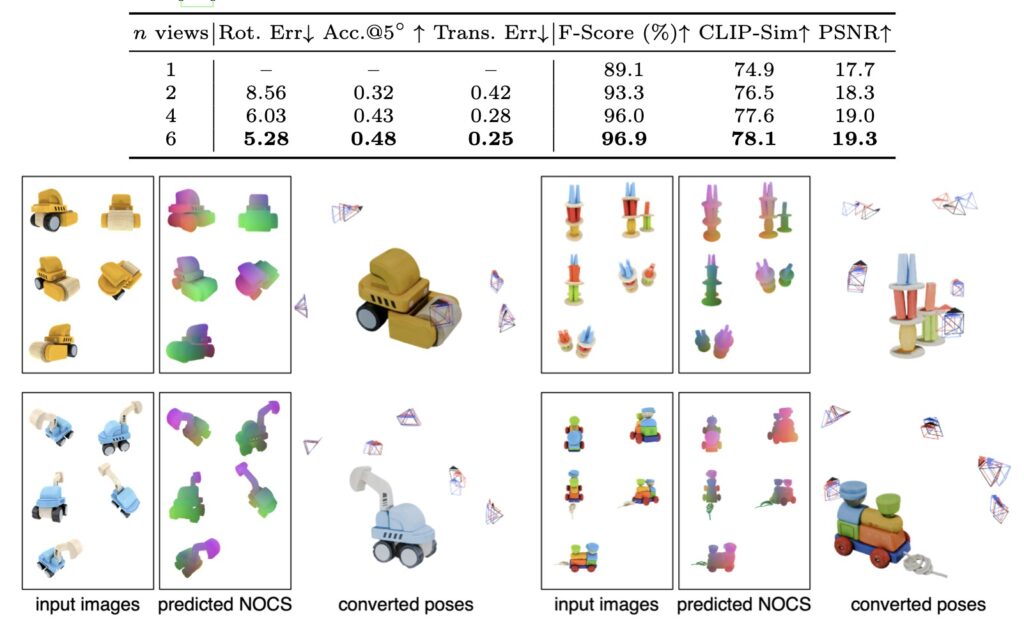
Fast, High-Quality 3D Reconstruction
SpaRP shines in its ability to reconstruct high-quality 3D textured meshes from just one or a few 2D images, even when the images have little overlap and lack precise camera data. Thanks to its innovative use of 2D diffusion models, SpaRP efficiently distills key spatial information from these images, enabling it to deliver accurate 3D models in about 20 seconds—a significant improvement over traditional methods that often require dense image sets and long processing times.
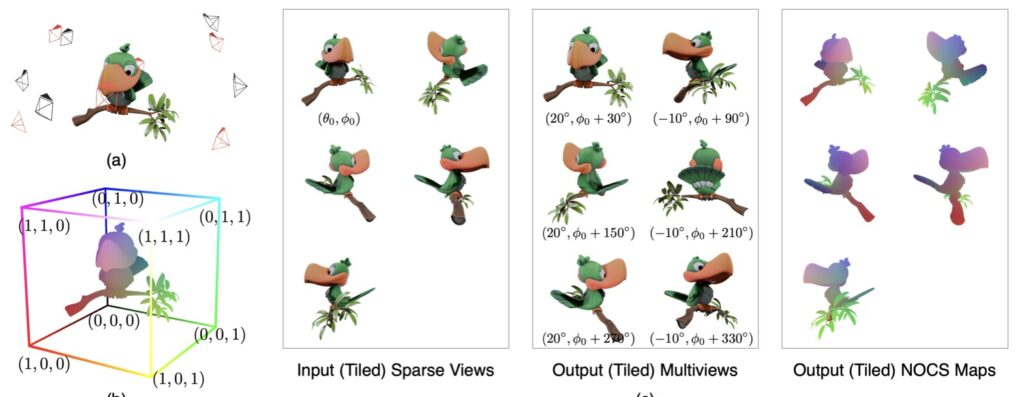
Pose Estimation with Precision
One of SpaRP’s standout features is its ability to accurately predict the camera poses of the input images, which are crucial for proper 3D reconstruction. By refining camera positions based on the reconstructed model, SpaRP ensures that the final output not only looks great but also maintains strong spatial accuracy. This capability is especially useful for applications like augmented reality, virtual reality, and robotics, where precise 3D modeling is essential.
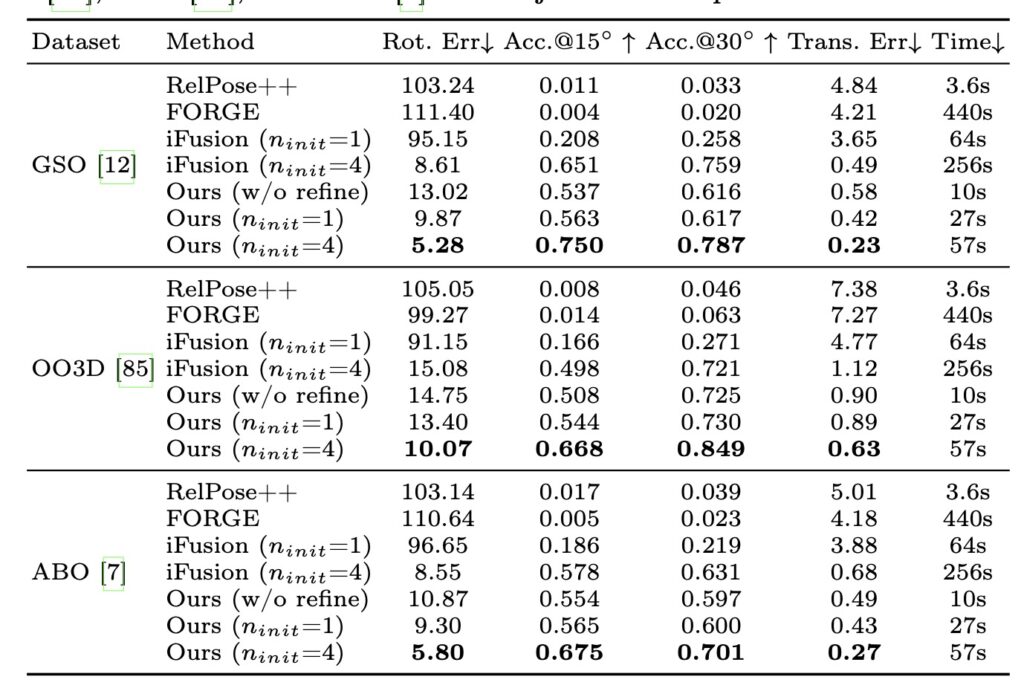
Solving 3D Ambiguities
Unlike many single-image-to-3D methods that attempt to “fill in” invisible regions with hallucinated data, SpaRP leverages its underlying models to make more educated predictions about these unseen areas, reducing ambiguity and offering users greater control over the final product. Whether for e-commerce, consumer captures, or creative 3D projects, SpaRP’s ability to handle sparse-view input makes 3D creation more accessible without sacrificing quality.
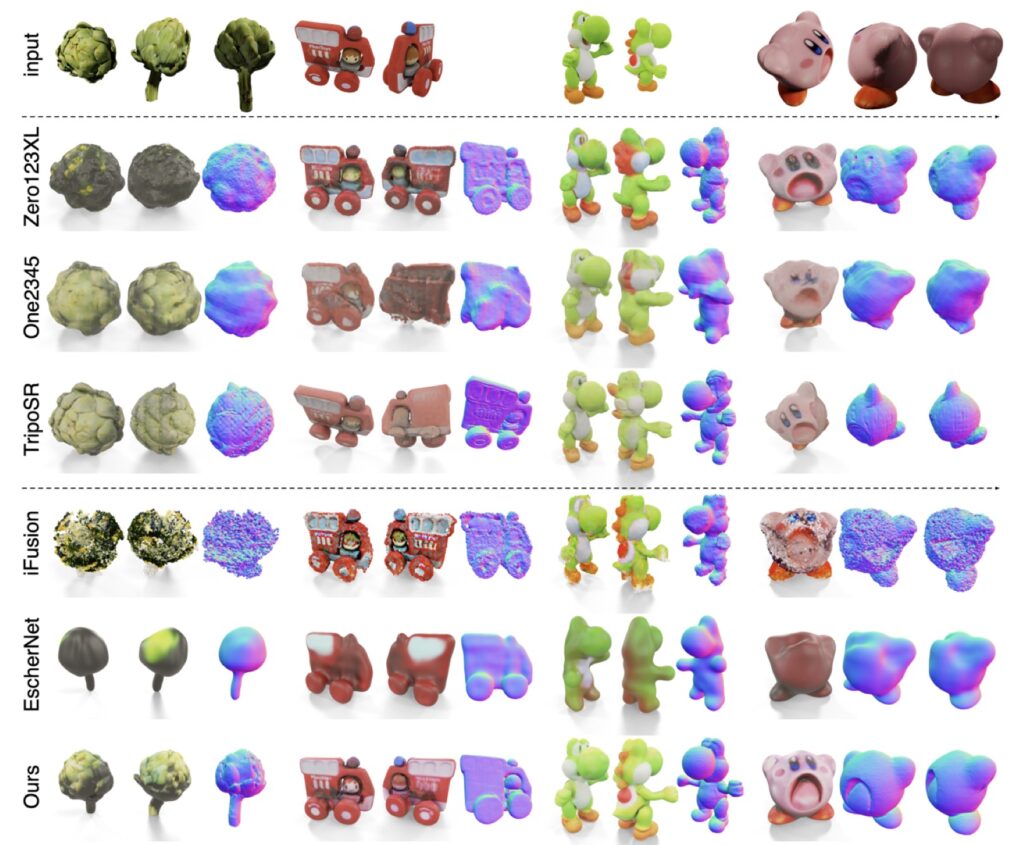
With SpaRP, the complexities of 3D object reconstruction from sparse views are dramatically simplified. Its combination of speed, accuracy, and adaptability is setting a new standard in the field, making high-quality 3D modeling possible even in scenarios with minimal data. For creators, developers, and businesses alike, SpaRP opens up new possibilities for fast and reliable 3D content creation in real-world applications.
